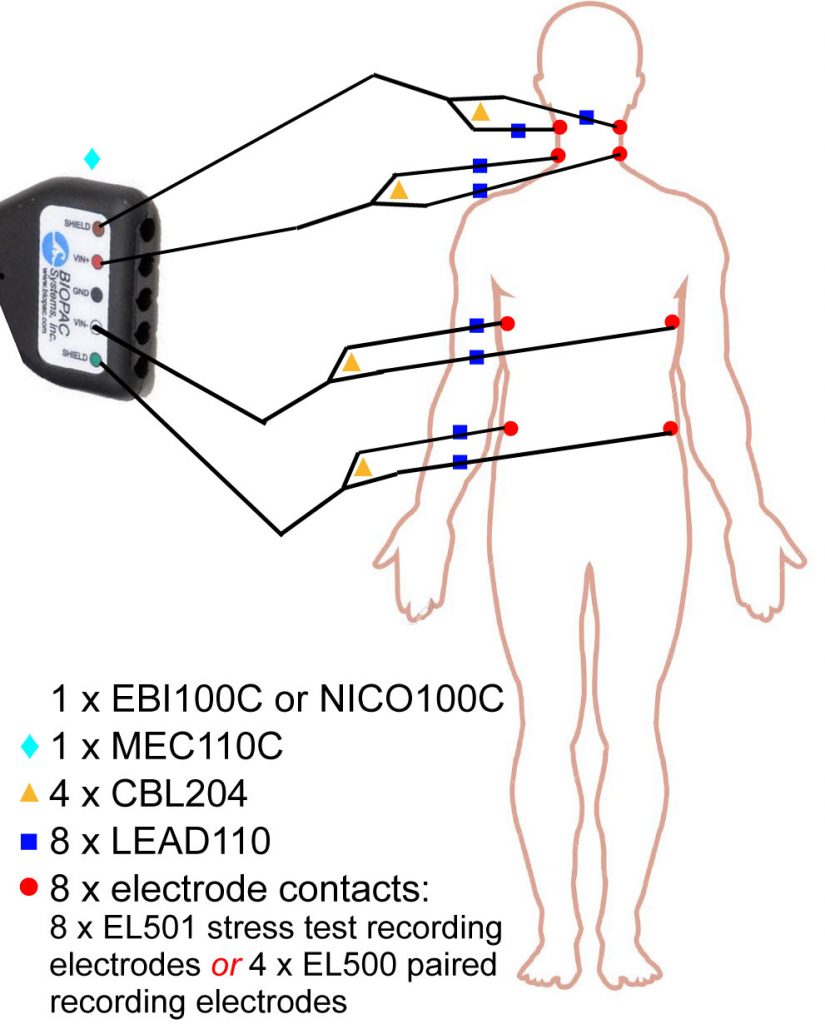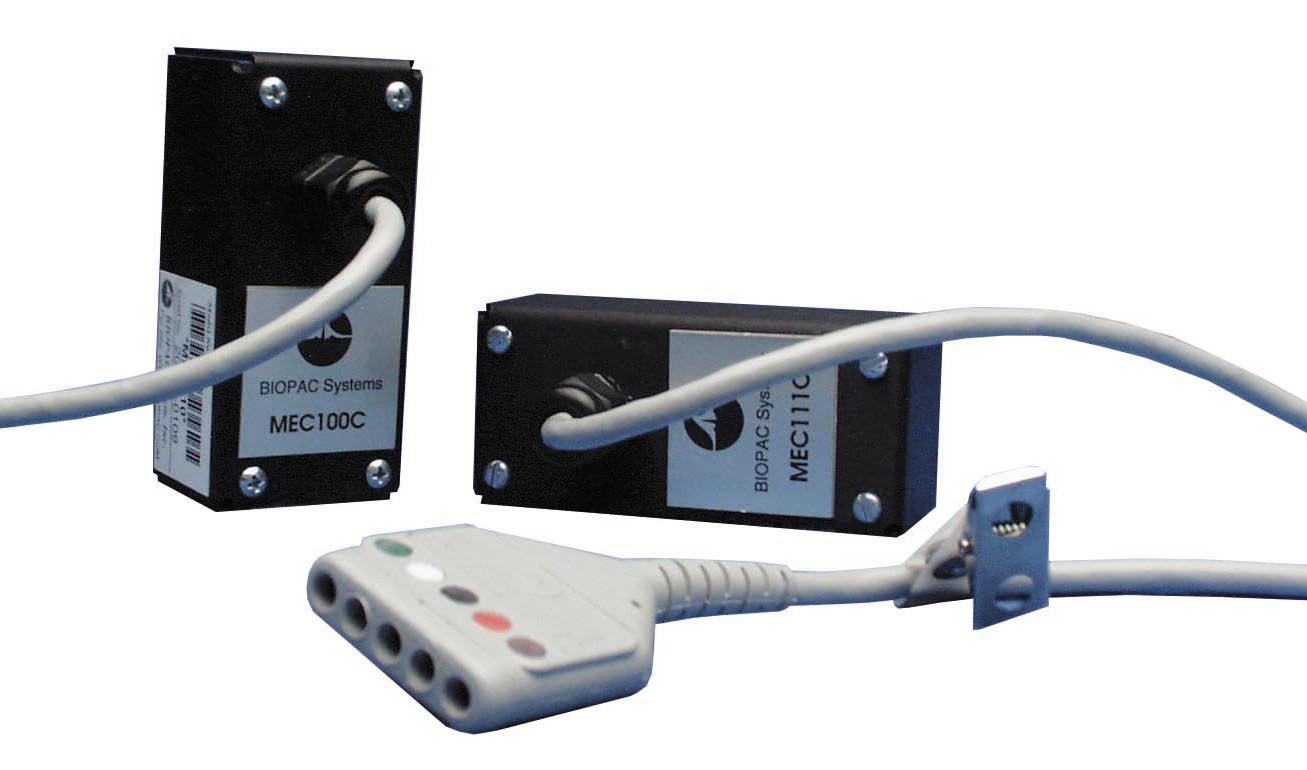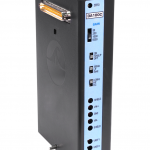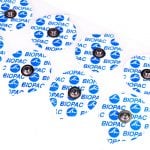Use MEC110C or MEC100C when you simply need to increase the lead length to the amplifier.
IMPORTANT SAFETY NOTE: The MEC100 series is not to be used on humans when they are undergoing electrosurgery or defibrillation. In fact, no BIOPAC equipment should be connected to human subjects during the course of defibrillation or electrosurgery.
The MEC111C or MEC111 is required for the protection of your MP System and Biopotential amplifiers when electrocautery or defibrillation equipment is used while recording data.
There are passive protection circuits built into MEC111C. These protective elements are designed to protect the biopotential amplifier from damage, assuming heart defibrillation pulses are introduced to the monitored subject. The MEC111C design incorporates 10 kohm series resistance elements, on each conductor, that also terminate in a transient absorber. With this design, potentially harmful defibrillation pulses are suppressed prior to encountering the biopotential amplifier input.
All other cables support direct point-to-point wiring, and incorporate no active or passive protective components.
When using MEC110C with EBI100C or NICO100C, the mapping of port function to color is as follows:
I Out: Brown
Vin+: Red
Vin–: White
I In: Green
(I In) also galvanically ties to amplifier ground; the GND ground (Black) port on the MEC110C is typically ignored in this application.
The following figure details typical setup to measure cardiac output and impedance cardiography measures using MEC110C with NICO100C or EBI100C with LEAD110C, CBL204, and Electrodes.









Stay Connected